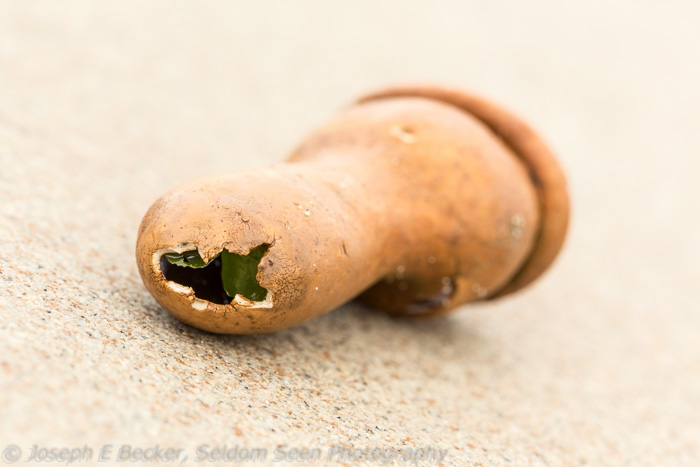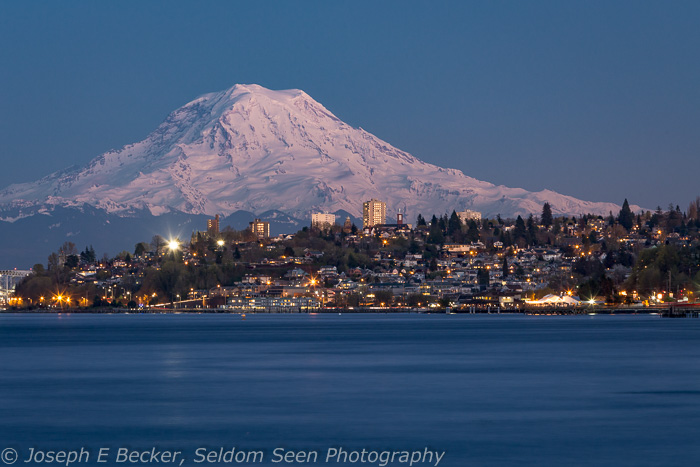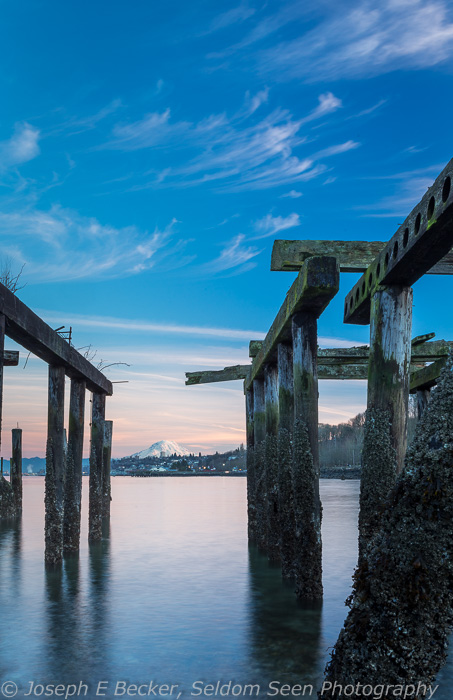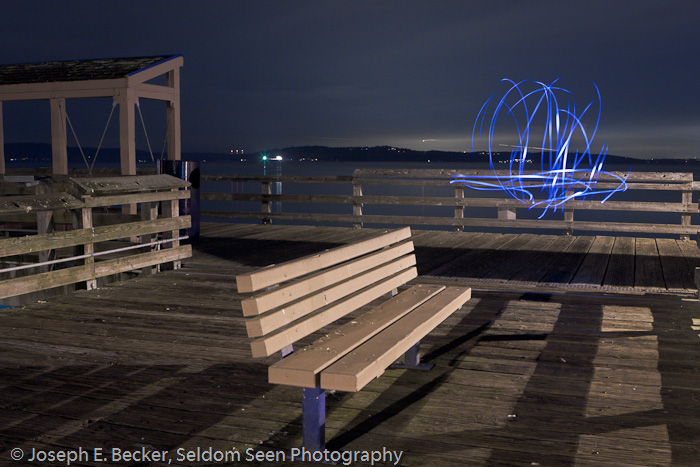Explore Tacoma!
 Some of you may know I host an AirBnb experience in Seattle. With the success of that tour, I decided to do one for Tacoma as well and show guests my hometown (and also save me from driving to Seattle so often). My Explore Tacoma experience was just approved by AirBnb and went live online yesterday.
Some of you may know I host an AirBnb experience in Seattle. With the success of that tour, I decided to do one for Tacoma as well and show guests my hometown (and also save me from driving to Seattle so often). My Explore Tacoma experience was just approved by AirBnb and went live online yesterday.
For this new experience, I’ll lead individuals or groups up to 4 on a personal photo tour and workshop in Tacoma. Unlike my Seattle tour, which is in the morning, this tour will be in the afternoon and evening, designed to catch sunset on Mount Rainier or the Olympic Mountains. I’ll lead my guests to the Museum of Glass, shooting both the iconic outside of the museum and glass blowing inside in the Hot Room. We’ll also explore the downtown Tacoma waterfront and either the Ruston Way waterfront or Port Defiance Park. I’ll show guests some of my favorite shot locations in Tacoma and provide photographic advice and instruction. The photos accompanying this blog are some of the places where the tour will likely go.
So if you are going to be in the area, and want to do a little photography in Tacoma, consider signing up. I’d love to show you around.
A Fine Spring Evening
 Not only have I not posted in awhile, I haven’t had time to get the camera out either and it was starting to make me antsy. So yesterday evening, I grabbed the camera and drove down the hill to take a few shots of Mount Rainier and the sunset from Ruston Way here in Tacoma. These shots were taken from a spot about a mile from my house. I still want to get out for a full day with camera in hand, but for a short while, the hour I spent last night scratched my photography itch. Do you have a special, go-to spot when you just have to get out there an click a shutter button for awhile?
Not only have I not posted in awhile, I haven’t had time to get the camera out either and it was starting to make me antsy. So yesterday evening, I grabbed the camera and drove down the hill to take a few shots of Mount Rainier and the sunset from Ruston Way here in Tacoma. These shots were taken from a spot about a mile from my house. I still want to get out for a full day with camera in hand, but for a short while, the hour I spent last night scratched my photography itch. Do you have a special, go-to spot when you just have to get out there an click a shutter button for awhile?
Spring in January

 My last post talked about how little snow in the Pacific Northwest mountains this winter. It hasn’t improved this week, as the weather has been spring-like all week-long. I can only blame myself as I jinxed the weather by buying a season snow-park pass and not a one-day pass (snow-park passes are used to park in selected plowed winter destinations in the mountains in Washington and Oregon).
My last post talked about how little snow in the Pacific Northwest mountains this winter. It hasn’t improved this week, as the weather has been spring-like all week-long. I can only blame myself as I jinxed the weather by buying a season snow-park pass and not a one-day pass (snow-park passes are used to park in selected plowed winter destinations in the mountains in Washington and Oregon).
Last Sunday, the high temperature was over 60 degrees F – very unusual for January in western Washington. The day was so nice, I had to run down to the Ruston Way waterfront to capture a few shots of Mount Rainier and Puget Sound. Just a few quick shots of the end of a Tacoma spring day in January.
How do You Photograph Ugly, how do You Photograph Time?
Over the past couple weekends, I’ve led two photo scavenger hunts. Participants in the hunts had 3 hours to photograph a list of 20 topics, such as: color, contrast, bark, soft, old, action, life, and ugly. The area I chose for the hunts was the Old Town portion of the Tacoma waterfront because of the wide range of possible photographic subjects (and, quite frankly, the nearness to my house). I think all the participants would agree, it was a fun time. Because there were two hunts, for two different clubs, and a few people members of both clubs, I made two separate lists with only a couple topics repeated on both lists.
Doing a scavenger hunt is a great way to push your photographic vision, to force yourself to think outside your normal “box.” Want to give it a try? Here’s a list of my favorite topics compiled from the two different lists I used over the past two weekends (minus topics specific to the place). Go someplace you think might have good photographic opportunities, give yourself 3 hours, and try to get a good image of everything on the list. Try for something different from your normal routine shot, be creative and push the envelope!
I’d love to see some of your results or hear your thoughts on whether this is a worthy exercise. Send me some of your results, and I’ll post them in my blog.
Here’s the list:
- ugly
- time (many people in the hunts I led photographed a watch or clock; try to think a bit more creatively and make a photograph that shows time itself)
- soft
- person/people (try to make it someone you don’t know)
- shadow
- light
- layers
- contrast (many options here, contrast between objects, contrast between light and dark, etc.)
- curve
- lines
- life
- action
- negative space
- color
- symmetry
- autumn (if in the southern hemisphere, substitute spring)
- old
- macro/closeup
- photographer’s choice (photograph anything you want)
- self-portrait
To give a bit of inspiration, here are a few of my shots for the above topics. (Disclaimer: for the actual scavenger hunts, participants are required to take jpegs, so the images submitted have no post-processing. The images below have undergone post-processing with Lightroom 5).

Ugly – I found this old bottle nipple stuffed with something green and shot it with a macro lens. It would have worked for the macro category as well.

Autumn – colorful leaves fallen onto an evergreen bush. I borrowed a fellow photographer’s black coat, which I laid on the ground, to make the black background.

Negative Space – it’s been foggy recently in the Puget Sound region, making it easy to find an image with lots of negative space

Old – these old foundations from a historic mill on the Tacoma waterfront made an interesting subject and had good light as well.

Photographers Choice – the pagoda in Chinese Reconciliation Park looked great with the fog and the fall colors
Night Moves – Correct Exposure for Night Photography
“Workin’ on mysteries without any clues, Workin’ on our night moves” -Bob Seger, Night Moves
Last Tuesday, I spent a few hours working on some night photography down on the Ruston Way waterfront with a small group from the Mountaineers. We got quite a few questions about what we were doing down there with cameras and tripods at night. I guess we should have told them we were working on our night moves. But unlike the Bob Seger song, we were working in winter instead of summer. Winter is a great time for night photography because the night comes early, and you can still get home at a decent hour. Of course, it has disadvantages too, like the weather. Though not extremely cold, only about 40° F (about 4° C), it does get chilly standing around waiting on those long exposures.
I’m really starting to enjoy doing night photography. The camera picks up lots of color and detail that the eye cannot see. I recently read Night Photography, Finding Your Way in the Dark by Lance Keimig, and I have a long way to go before ever approaching his abilities. But I have fun. I highly recommend Keimig’s book to anyone wanting to learn more about night photography, it has lots of good information.
One of the great mysteries of night photography is getting the correct exposure without excessive noise. Digital noise is the bane of many a night photographer. Noise increases with long exposures, high ISOs, and underexposed shots. That’s why, with night photography, you should still use low ISOs and exposure for the right side of the histogram (while not allowing any important highlight to be blown out). Shooting this way, will help minimize noise, but will lead to long (or very long) exposure times, very often over 30 seconds (the longest programmed shutter speed on most cameras). Therefore, to get the correct exposure, you will often be shooting in manual mode with the shutter speed set to bulb. Knowing how long to leave the shutter open is a difficult question. It’s a real pain to wait through a 2-minute exposure only to discover when looking at the results that it should have been a 4- or 8-minute exposure.
Here’s one tip I found very useful from Keimig’s book. Set the camera to a very high ISO and take a test shot first. This can be used to check both composition (it’s sometimes hard to compose through the viewfinder in the dark) and exposure. To make the exposure math easy, Keimig presents a chart in his book and on his Nightskye website. Basically, for cameras with a native ISO of 100 (Canon cameras for example), set the ISO to 6,400 and take one or more test shots to find the correct exposure. The number of seconds in the correct exposure at ISO 6,400, is the number of minutes for the correct exposure at ISO 100. For cameras with a native ISO of 200 (like most Nikons), the test shot ISO should be set to 12,800 and the normal shot ISO at 200. (If your camera doesn’t have such high settings, his chart shows how to compensate). For example, I use a Canon camera. So for the featured photo above, I took a test shot at ISO 6,400 and found the correct exposure was 4 seconds. I switched the camera to ISO 100 and re-shot with an exposure of 4 minutes (in both cases, of course, using the same aperture, f/8 in this case). Much easier than guessing on the correct exposure.
Thanks to Lance Keimig, I’ve solved one the mysteries of my night moves!


























